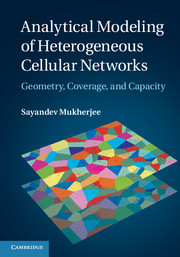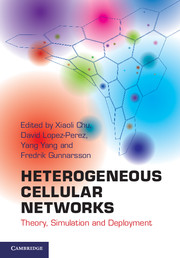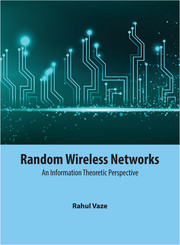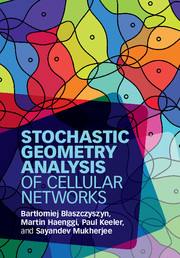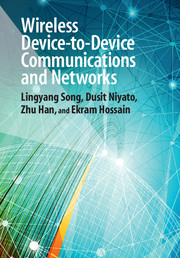Analytical Modeling of Heterogeneous Cellular Networks
This self-contained introduction shows how stochastic geometry techniques can be used for studying the behaviour of heterogeneous cellular networks (HCNs). The unified treatment of analytic results and approaches, collected for the first time in a single volume, includes the mathematical tools and techniques used to derive them. A single canonical problem formulation encompassing the analytic derivation of Signal to Interference plus Noise Ratio (SINR) distribution in the most widely-used deployment scenarios is presented, together with applications to systems based on the 3GPP-LTE standard, and with implications of these analyses on the design of HCNs. An outline of the different releases of the LTE standard and the features relevant to HCNs is also provided. A valuable reference for industry practitioners looking to improve the speed and efficiency of their network design and optimization workflow, and for graduate students and researchers seeking tractable analytical results for performance metrics in wireless HCNs.
- Discusses the combinations of deployment parameters that affect coverage and capacity, thereby filtering out a large class of deployment scenarios and allowing the designer to allocate scarce simulation resources on intensive investigation of only a few selected cases
- Includes real-world applications for LTE cellular systems, enabling the reader to avoid pitfalls in the deployment of small-cell LTE networks
- Prepares the researcher and industry practitioner to apply modern analytical methods for network design, enabling them to understand and extend the fast-growing field of analytic investigation of wireless networks
Product details
No date availableAdobe eBook Reader
9781107777248
0 pages
0kg
9 b/w illus.
Table of Contents
- 1. Introduction
- 2. Structure of the SINR calculation problem
- 3. Poisson point processes
- 4. SINR analysis for a single tier with fixed power
- 5. SINR analysis for multiple tiers with fixed powers
- 6. SINR analysis with power control
- 7. Spectral and energy efficiency analysis
- 8. Closing thoughts: future heterogeneous networks.

